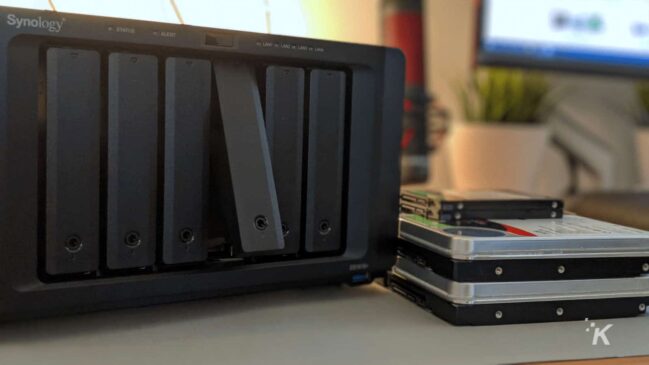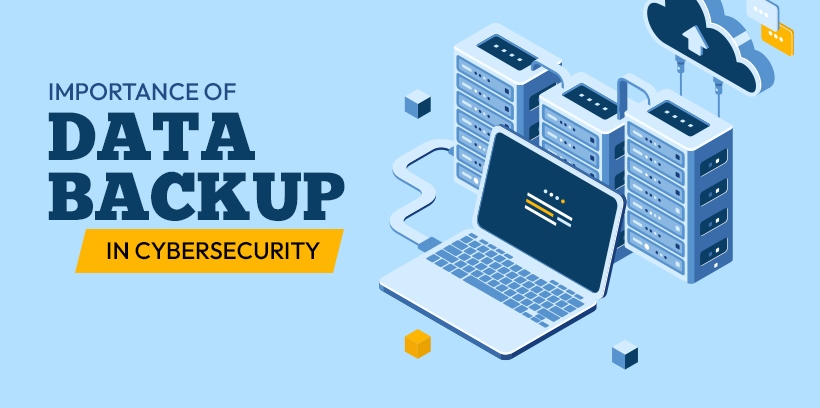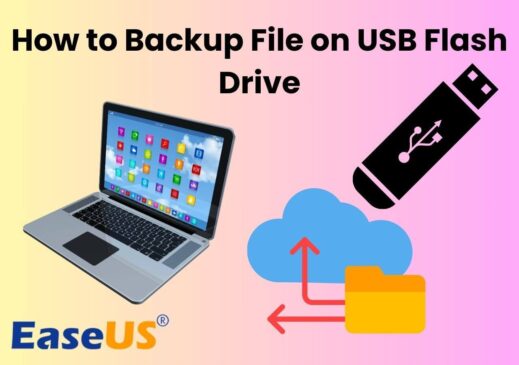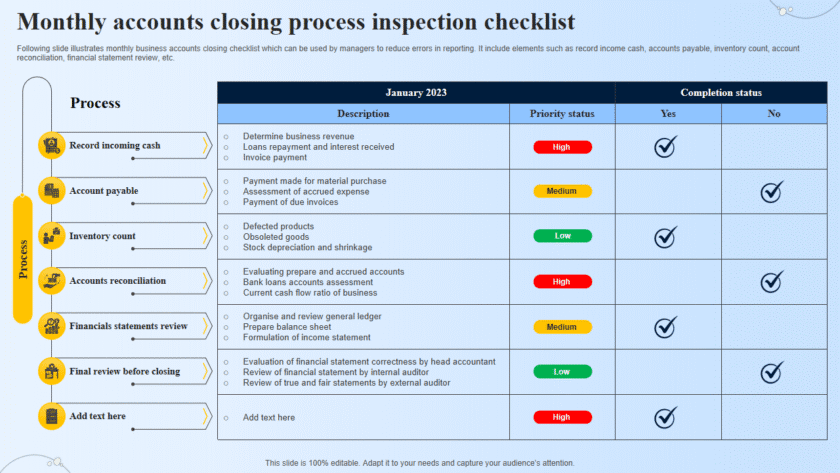Preventing Data Loss: Backup Strategies for PC Users
Losing important files can be devastating — whether it’s personal photos, work documents, or financial records. Hardware failures, accidental deletions, ransomware, or theft can happen without warning.
That’s why having a reliable backup strategy is essential for every PC user.

💾 Types of Backups
1. Local Backups (Offline)
- External Hard Drives / SSDs: Manually or automatically back up files.
- USB Flash Drives: Ideal for small, important documents.
- Network Attached Storage (NAS): Central storage accessible from your network.
2. Cloud Backups (Online)
- Services like Google Drive, OneDrive, Dropbox, iCloud, or Backblaze.
- Accessible from anywhere and safe from physical damage.
- Usually encrypted and automatically synced.
3. Hybrid Backups
- Combine local and cloud backups for maximum protection.
- Local for quick restores; cloud for disaster recovery (fire, theft, hardware failure).
📅 Recommended Backup Schedule
| Type of Data | Backup Frequency |
|---|---|
| Critical business files | Daily or real-time |
| Personal documents/photos | Weekly |
| System image (entire PC) | Monthly or before big changes |
🧠 Backup Best Practices
- Follow the 3-2-1 Rule:
- 3 copies of your data
- 2 different storage types
- 1 copy stored offsite (cloud or external drive kept elsewhere)
- Use Versioning: Keep older versions of files in case of accidental changes.
- Automate Backups: Schedule backups to run without manual effort.
- Test Restores: Occasionally restore files to confirm backups work.
⚡ Tools to Help You Back Up
- Windows File History / Backup and Restore
- Macrium Reflect (Free) – Full disk imaging
- AOMEI Backupper – Easy file and system backups
- Cloud Services – Google Drive, OneDrive, Dropbox, iDrive, Backblaze
With a solid backup strategy, you’ll never have to worry about losing your precious files again.







